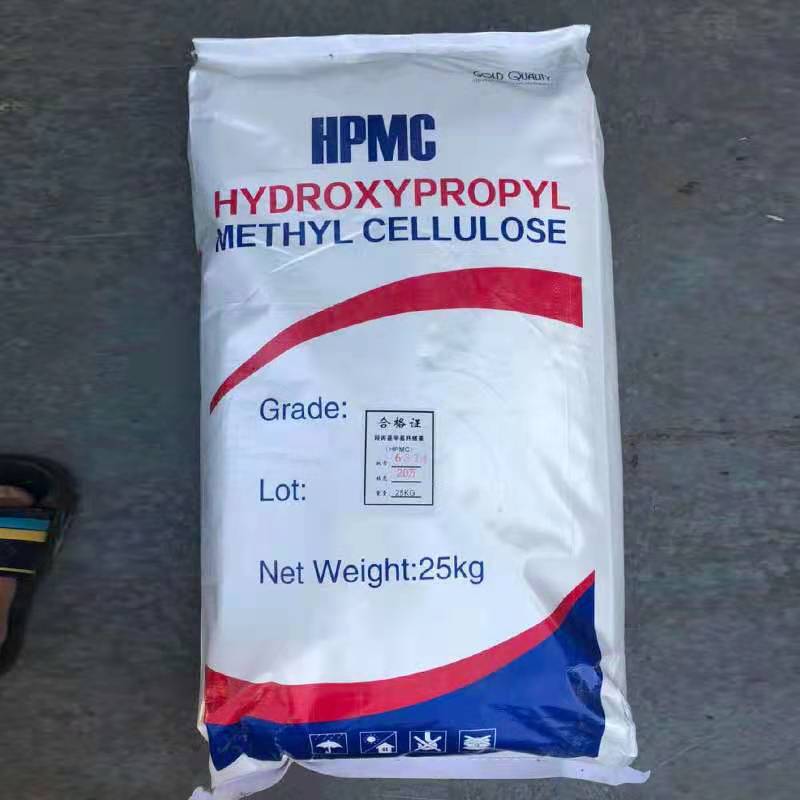Effect of Hydroxypropyl Methylcellulose on the Pull-out Strength of Tile Adhesive
In addition to imparting various beneficial properties to mortar, hydroxypropyl methylcellulose also slows down the hydration kinetics of cement. This retarding effect is mainly due to the adsorption of cellulose ether molecules on various mineral phases in the hydrating cement system, but generally speaking, the consensus is that cellulose ether molecules are mainly adsorbed on hydration products such as C-S-H and calcium hydroxide, and rarely on the original mineral phase of clinker. In addition, due to the increase in the viscosity of the pore solution, cellulose ether reduces the activity of ions (Ca2+, SO42-, …) in the pore solution, thereby further slowing down the hydration process.
Viscosity of hydroxypropyl methylcellulose is another important parameter, which reflects the chemical properties of cellulose ether. As mentioned above, viscosity mainly affects water retention capacity and also has a significant effect on the workability of fresh mortar. However, experimental studies have found that the viscosity of cellulose ether has almost no effect on the hydration kinetics of cement. Molecular weight has little effect on hydration, and the maximum difference between different molecular weights is only 10min. Therefore, molecular weight is not a key parameter for controlling cement hydration.
